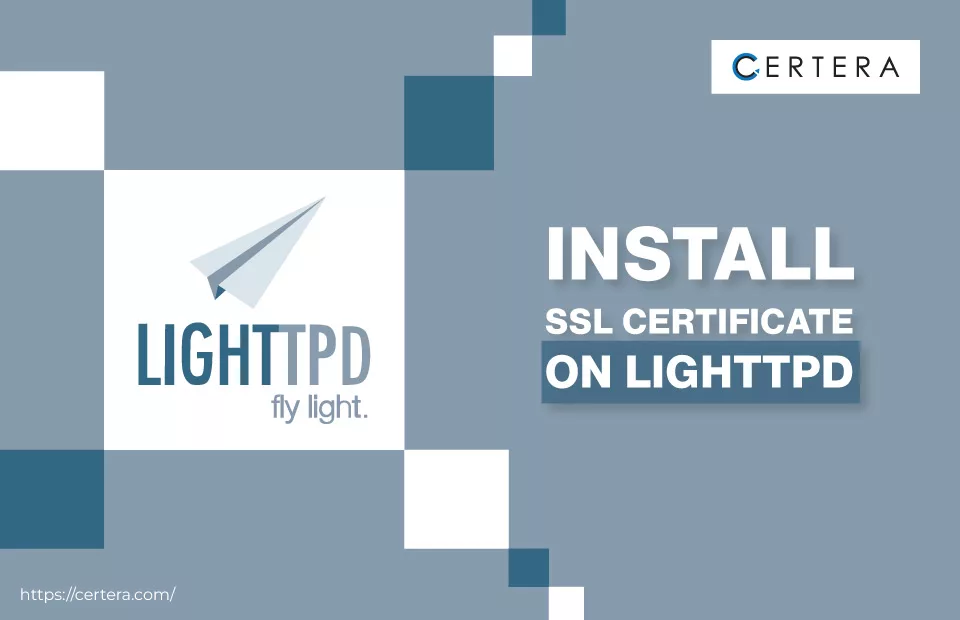How to Install SSL Certificate on Lighttpd?

A Guide to Installing SSL Certificates on Lighttpd
This guide provides simple and easy-to-follow instructions on the installation process. And, if you’re on the hunt for an affordable SSL certificate, we’ve got you covered with some top-notch recommendations. Already generated your CSR and got your installation files? Then, skip ahead and get straight to the installation process.
CSR Generation: Everything Begins Here
To generate a CSR code on lighttpd, you have two choices. You can use a CSR Generator tool to create the CSR automatically.
Once you have generated the CSR, open the file with a text editor and copy its contents, including the —–BEGIN CERTIFICATE REQUEST—– and —–END CERTIFICATE REQUEST—– tags, into the corresponding box during the SSL order process.
After submitting the CSR, wait for the Certificate Authority to validate your request. Once you receive the SSL certificate, you can proceed with the installation.
Installation Process: How to Do it?
Step 1: Prepare Your SSL Files & Private Key
Once you receive the necessary files from your CA via email, extract them from the ZIP folder. You need the server certificate issued for your domain, the intermediate certificate provided by the CA, and your private key lighttpd recommends putting the primary certificate and intermediate certificate chain in ssl.pem file and the private key in ssl.privkey.
Step 2: Edit Your lighttpd.conf File
Use this command to Open the lighttpd.conf file
'vi /etc/lighttpd/lighttpd.conf'Add the following code to the configuration file:
$SERVER["socket"] == ":443" {
ssl.engine = "enable"
ssl.pemfile = "/etc/lighttpd/ssl/www.yourdomainname.pem"
}
Note: Make sure that the path to the certificate chain PEM files has both the certificate chain and private key, except in cases where ssl.privkey has been specified. Beginning with version 1.4.53, if there is no private key on the ssl.pem file, the PEM file’s private key must be provided while configuring SSL connections.
Save and close the config file.
Step 3: Restart the Lighttpd
Restart Lightpd using following command
'/etc/init.d/lighttpd restart'To ensure your SSL certificate is installed correctly, you can use our SSL checker tool.

